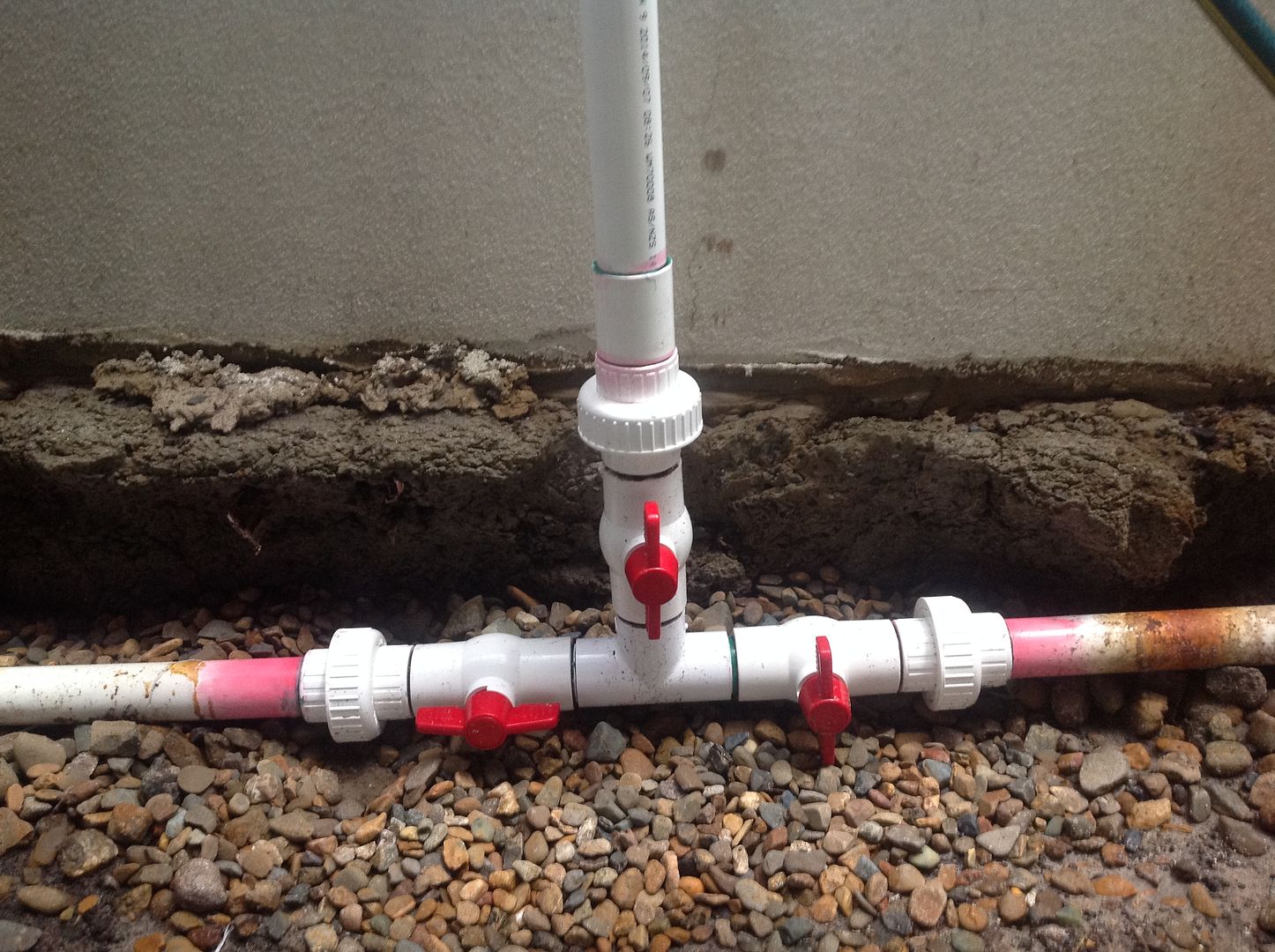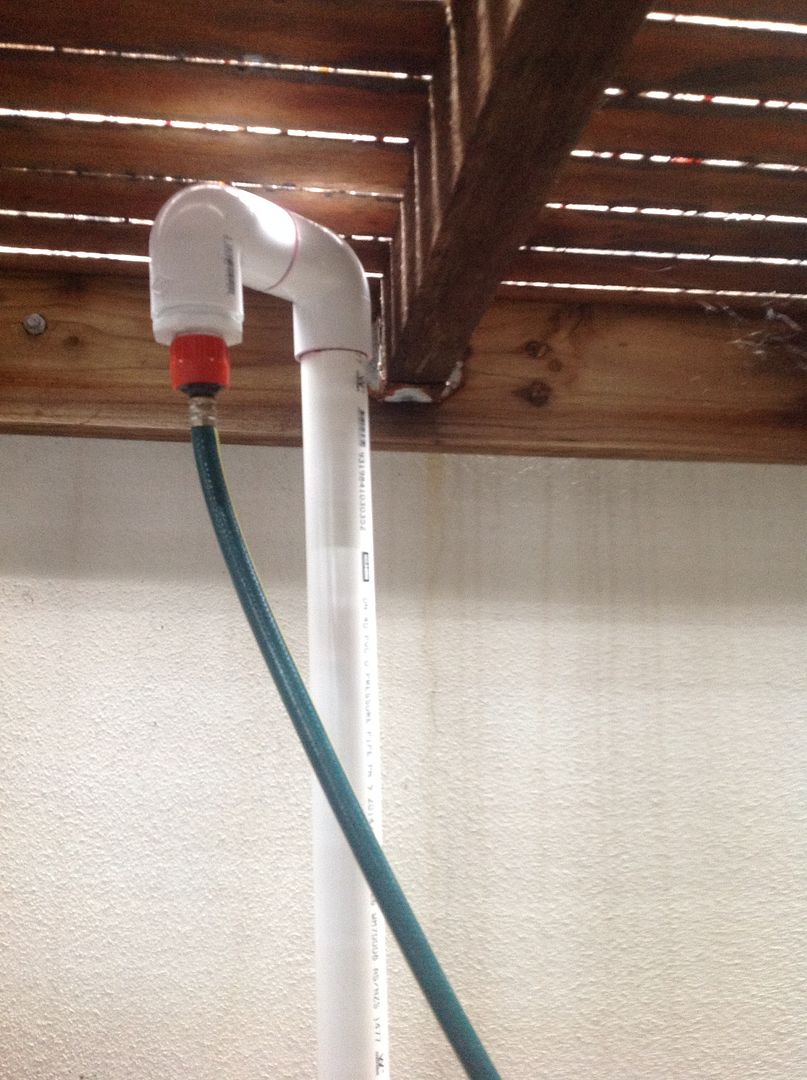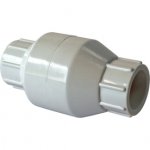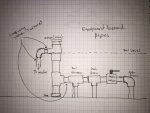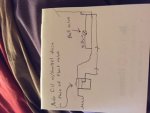So, when I put in my pool the PB never brought up the idea of an overflow system, and after some crazy rains here in Austin (and some overflow situations) I'm thinking of putting in an overflow valve. Looking to get some sage advice from folks on my plan.
The plan is to put the overflow at the pad. Since my pool sits above above the pad (about 3'?), I'm thinking I just need to cut into the return line before the pump and install a "U" that goes up, turns at the appropriate level (just below the coping), and then take it back down and tie it into the massive drain system I installed with the pool (6" pipe down to the street). I'll probably use a laser level to make sure I get the level right, and use a 3/4" pipe (I don't think I'll ever have enough flow to need anything bigger, but maybe I'll just use 1").
The questions and concerns:
1) Do I need to worry about pressure or closing off the overflow in some way? Not sure how I would do this given the fact that it has to be gravity driven... I'm assuming gravity and suction will prevent water from pushing through the overflow when the pump is on or off?
2) Is there a best place to put the overflow other than just before pump?
3) Optimal pipe size? Something else I'm missing?
Thanks!
Rick
The plan is to put the overflow at the pad. Since my pool sits above above the pad (about 3'?), I'm thinking I just need to cut into the return line before the pump and install a "U" that goes up, turns at the appropriate level (just below the coping), and then take it back down and tie it into the massive drain system I installed with the pool (6" pipe down to the street). I'll probably use a laser level to make sure I get the level right, and use a 3/4" pipe (I don't think I'll ever have enough flow to need anything bigger, but maybe I'll just use 1").
The questions and concerns:
1) Do I need to worry about pressure or closing off the overflow in some way? Not sure how I would do this given the fact that it has to be gravity driven... I'm assuming gravity and suction will prevent water from pushing through the overflow when the pump is on or off?
2) Is there a best place to put the overflow other than just before pump?
3) Optimal pipe size? Something else I'm missing?
Thanks!
Rick


